A Case for Replacing Your TV
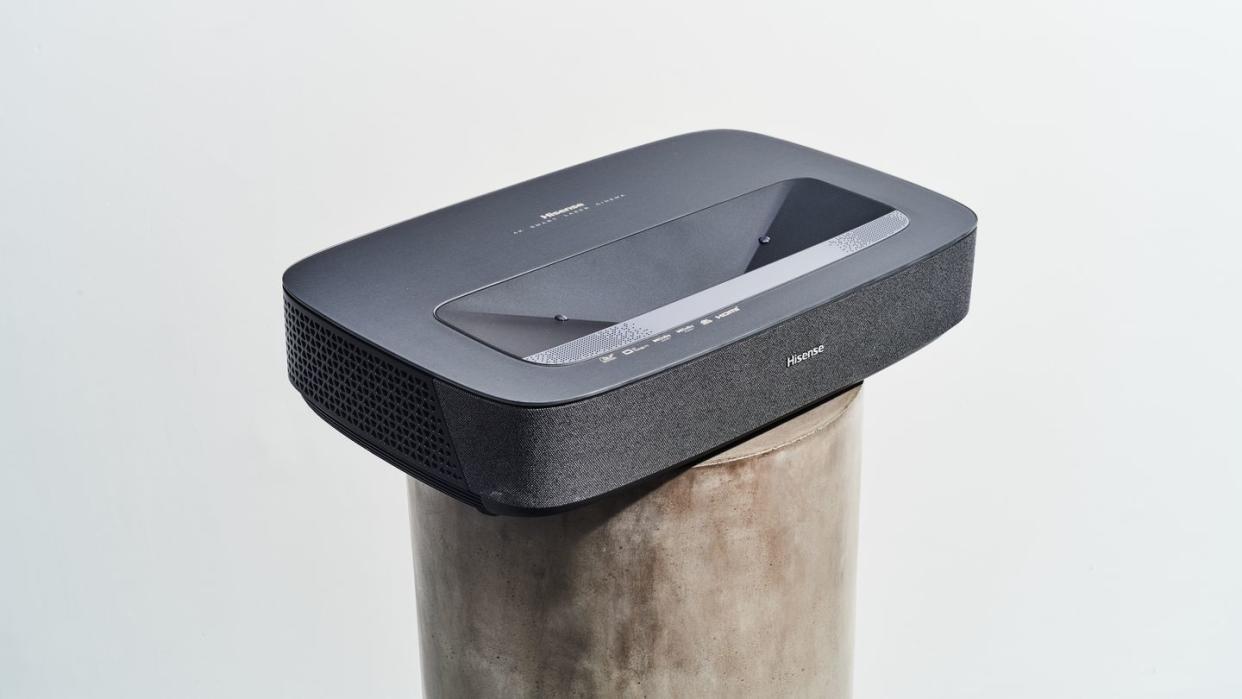
"Hearst Magazines and Yahoo may earn commission or revenue on some items through these links."
Shop Now $1,997 amazon.com
Welcome to The Investment. These are the pieces—a little pricier, a lot nicer, and entirely worth the money—that our editors love and respect. The picks with a story to tell and a real reason to exist. Looking to put your dollars in the right place? Here's how.
It's been three years since I've had a TV in my home, which says a lot coming from someone who reviews tech gadgets for a living. Like most people, when I moved to New York City I left behind memories of an old life and my TV. I thought I would buy a new one eventually, but as fate would have it, shortly after moving into my apartment, I was offered to test out a smart projector. Sure, what have I got to lose? A different way of life, it turns out. All this time later, I'm still sans a black screen hanging from my wall.
Since entering the projector world I've tested not just one, but six projectors. All these models have ranged from short throw to long throw. Some weighed three pounds; some weighed 30 pounds. One cost $599, and one cost $10,000. I'd say this qualifies me as a projector expert in my own right. I've written about them at length and even awarded them. And in the end, there's no model I'd recommend more than the Hisense PL1 Ultra Short Throw.
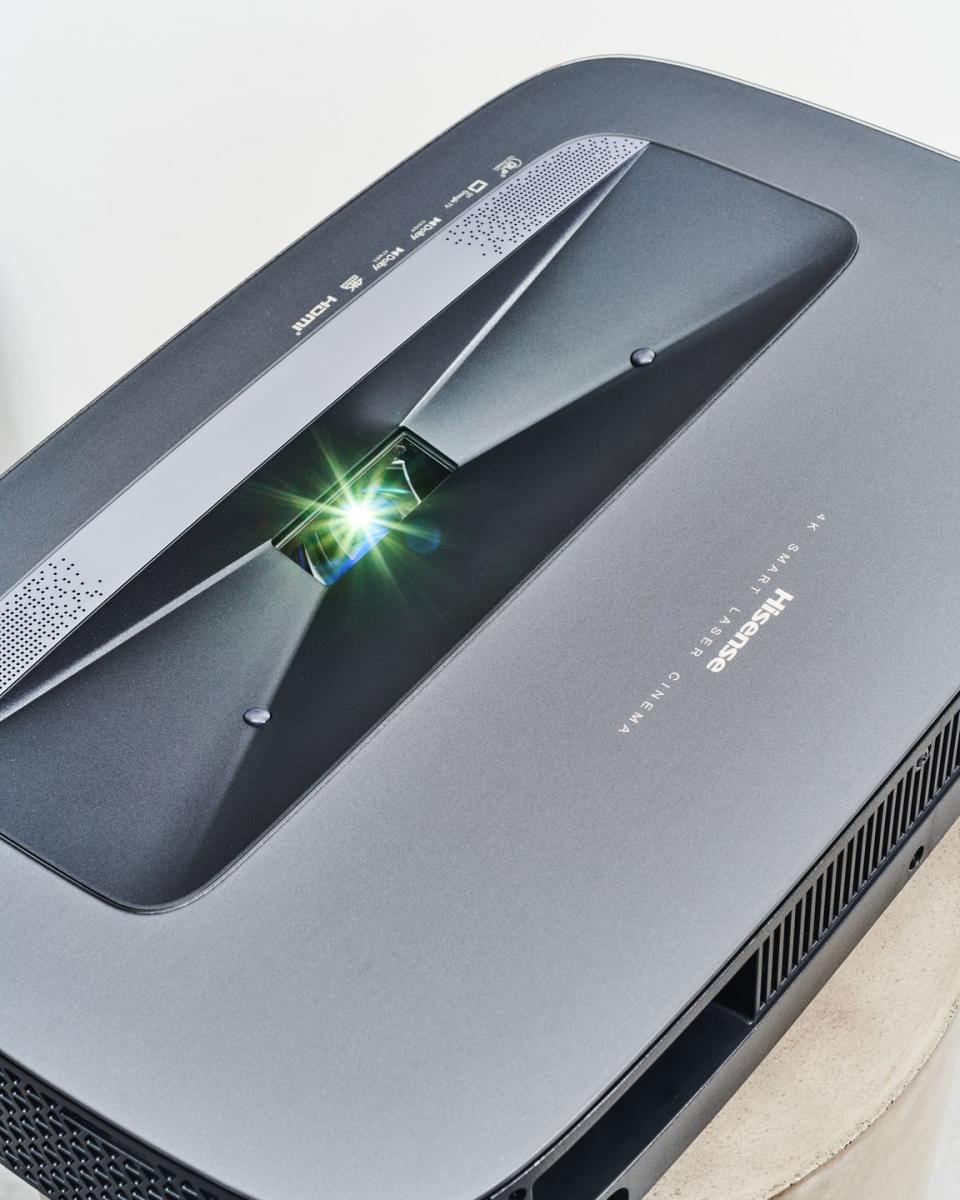
It's all about the evolution.
In order to justify everything I'm about to say, I have to explain the evolution of why this price tag is honestly impressive. There's a reason why the Hisense PL1 is the best on the market right now—and it's no sudden accident. One of the first projectors I tried years ago was a tiny, low-resolution model that you had to plug into the wall. It projected across the room. The frame was set to one size you couldn't change it. The quality wasn't good. There was a cord I constantly tripped over. The worst part: there was no smart hub, and I had to either connect it via a wire to my laptop (can you imagine?!) or jump through hoops to screen share. And this whole mess of a setup still costs about a thousand bucks. Look, at the time, it was annoying, but the concept still felt cool. In just a few years, we have come a long way.
I've since discovered the beauty of short-throw projectors. Instead of projecting across the room, the device sits right in front of the wall, and it projects a large laser image on your wall (or screen). Most of these short-throw projectors automatically detect your space to create the perfect size image, or you can customize it. The PL1, for example, can project a super-clear image from 80 to 120 inches.
The short-throw design alone solves so many projector hangups. You no longer walk in front of a screen, tripping over wires, and the image is adjustable. The most major thing for me, though, is what it does for a room's style. Put it on your console table (where your TV used to go), and it looks so sleek, seamless, and mysterious. People will wonder, what's that box? Where's your TV?
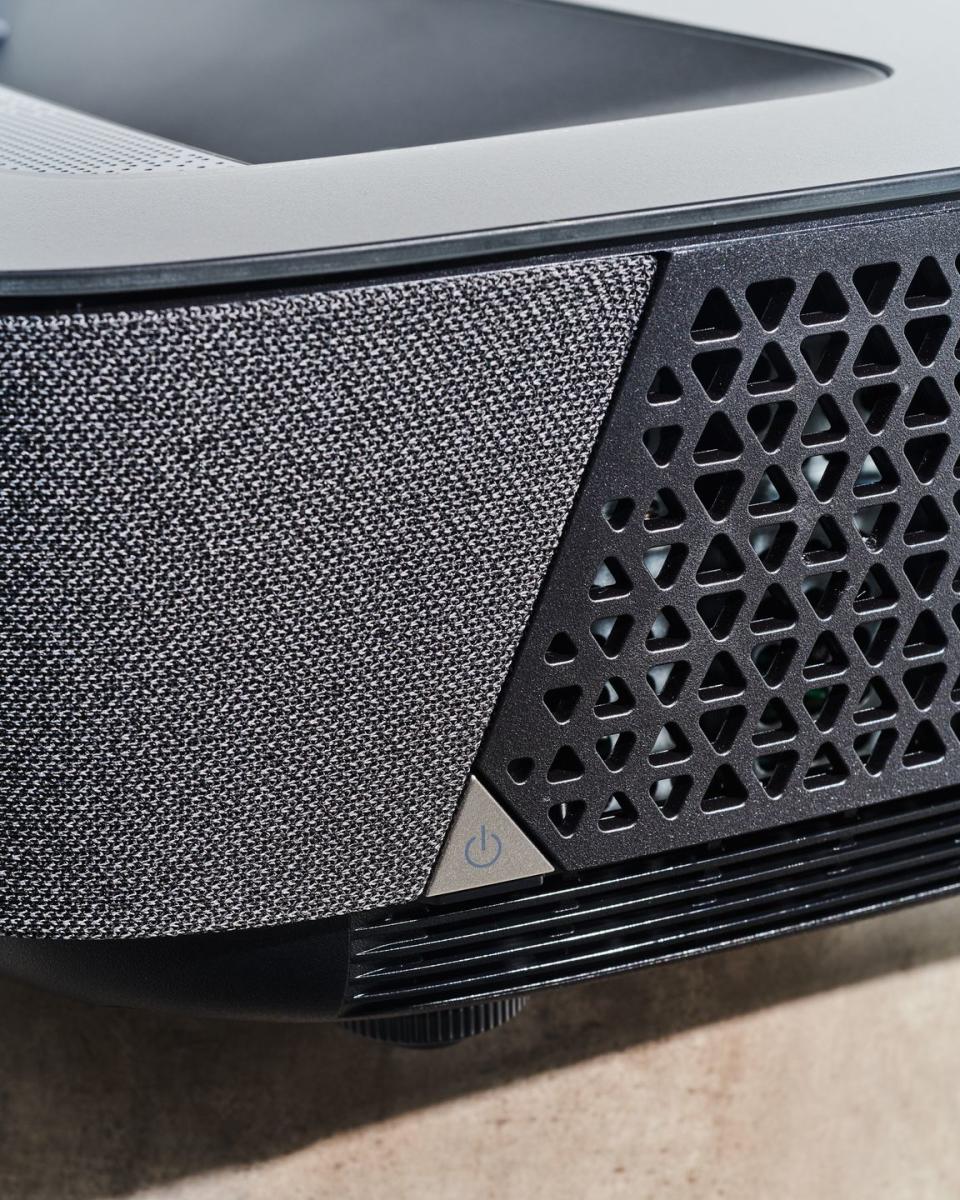
Shop Now $1,997 amazon.com
Let's talk about money.
The short-throw innovation with laser technology surely changed the way we think of projectors as projectors—they suddenly became pretty equivalent to television sets. But some of the first models released by Samsung and Hisense cost upwards of $5,000-$7,000 depending on specs. That's a pretty penny for something that was thought of at the time as an "added bonus" piece of tech. I even tested one option that costs around $10,000. Sure, the picture was incredible, but that's a tough price to justify where the tech is only improving and getting cheaper.
The Hisense PL1 Ultra Short Throw is impressive because, for the first time since I began this journey, there's a 4K 80"-120" projector that costs less than $2,000. This is major news because Hisense basically just outdid itself. The brand's most recent model was in the $5,000 range, but the PL1 performs just as well, if not even better.
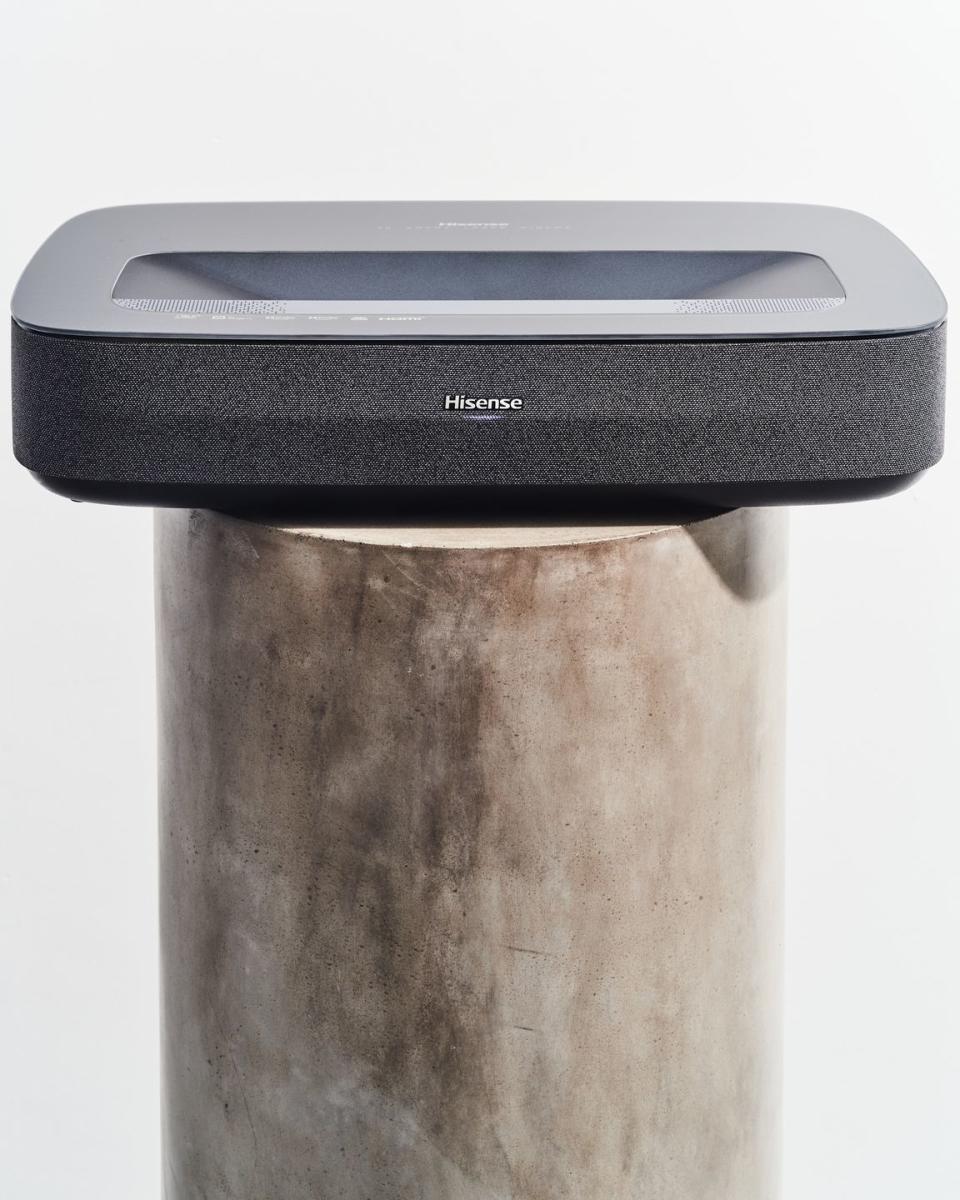
Shop Now $1,997 amazon.com
The features matter.
Now, I've broken down why the price should make more sense to you, as the models have quickly evolved over the last few years. Here's how the specs break down: The PL1's image boosts a 4K Ultra HD image brought together by 8 million pixels, delivering sharper images and more natural colors. I can confirm that in a dark room at night on a large white wall (or a hanging screen you can easily buy on Amazon), this picture is better and clearer than any TV I have ever owned. A lot of that has to do with the size of the image. I luckily have a large open living room that allows me to project at the full 120 inches. The picture is so clear and so bright, at least once a week my partner and I look at each other and say, wow this looks fucking great.
To address the elephant in the room: Does it look as great in direct sunlight in the middle of the day? Of course not. But I typically don't watch TV in the middle of a sunny day—call me crazy. I do use it in the day from time to time; But I just normally close my blinds and turn off artificial light. The resolution is less shockingly good than in a dark room, but it still does the job and is watchable.
The power of Dolby Vision and Atmos sounds shouldn't be underestimated. There's a reason why it's a best-in-class feature (which you can read more about here). The PL1 has it, and it fully immerses you into the beautiful large picture with the help of amazing sound quality to match. I have Apple HomePods that can be paired with the projector for extra sound. It's good for when I'm watching something I want to hear every single detail of, but without pairing it to anything the sound quality is damn good for a base model.
I can't mention all these features without commenting on something major here: the weight. The first projector I had was heavy. Like took a definitive oomph for me to pick it up and store it away if I wanted to. The $10,000 one I tested was 33 pounds. The PL1 comes in at 17 pounds. Still a lot, but as the tech has evolved, it's also become lighter and easier to pack into sleek designs.
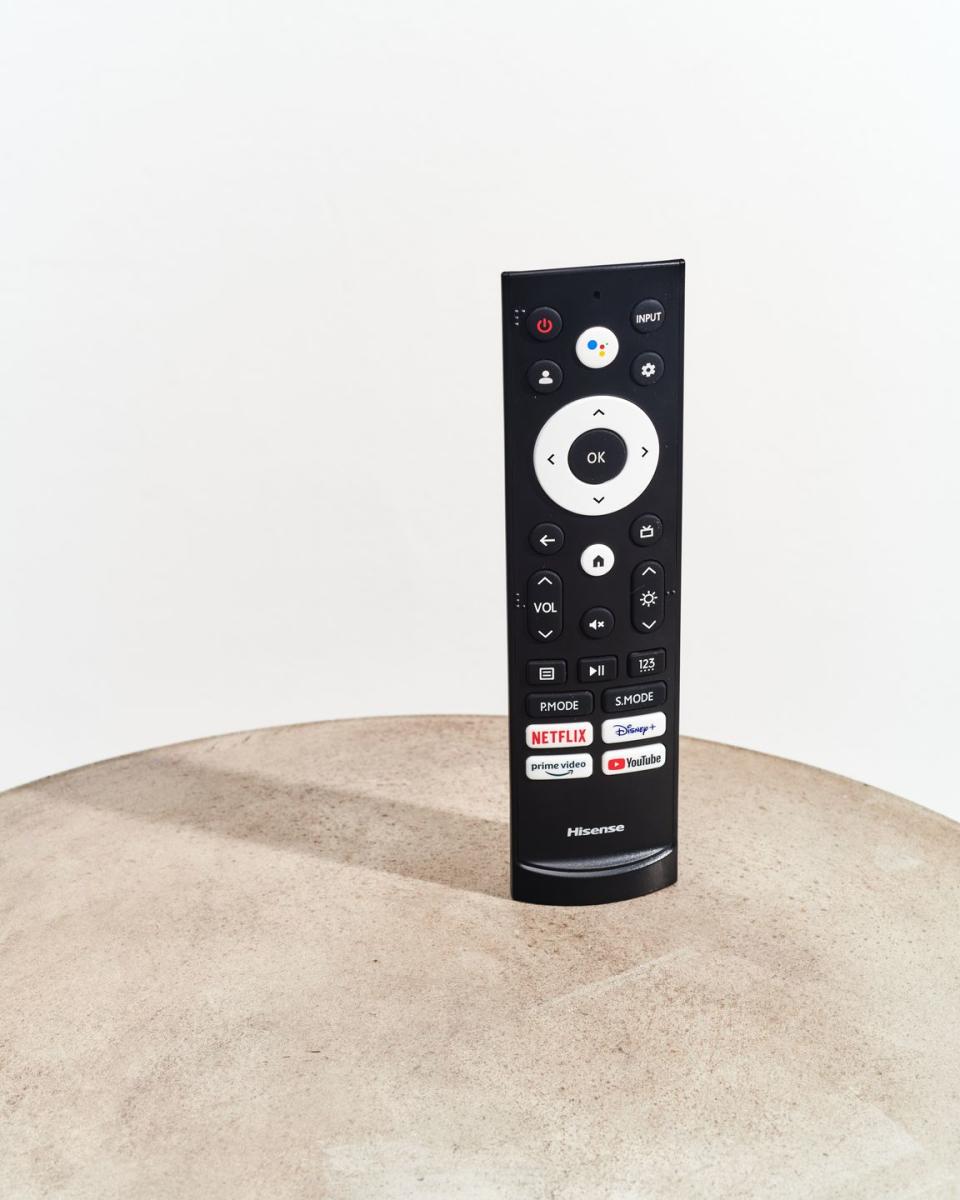
Shop Now $1,997 amazon.com
Last but not least, the smart hub.
There's one final highlight I have to emphasize: The PL1 finally has the perfect smart hub. As the evolution of these has gone on, streaming services were slow to sign onto licensing outside of the Apple TV or Roku devices. My very first projectors with smart hubs didn't have Hulu, Max, and especially Netflix (who is notoriously hard to license). Meaning, I had to airplay everything, and sure it's "easy", but I just want to click the button on my remote. Over time, Max and Hulu were integrated into models one at a time, but finally, the PL1 has it all, including Netflix! This is the first time I've owned a projector that has every single streaming service.
I don't need an extra device, sorry, FireStick, Roku, and Apple—but this smart hub (powered by Google TV) makes all of those obsolete. This projector turns on and starts streaming like any other smart TV, the only difference is the screen—or lack thereof.
The PL1 is a pure winner based solely on my own personal projector journey I accidentally ventured on. Not so suddenly, here we have it: the best picture, the best sound, the best smart hub, the smallest/slimmest design in class—and finally, the lowest price tag I've seen yet. So, why do you still have a TV? Enter the future now; you waited till just the right time.
Photography by Joe Lingeman. Prop styling by Andrea Bonin.
You Might Also Like

